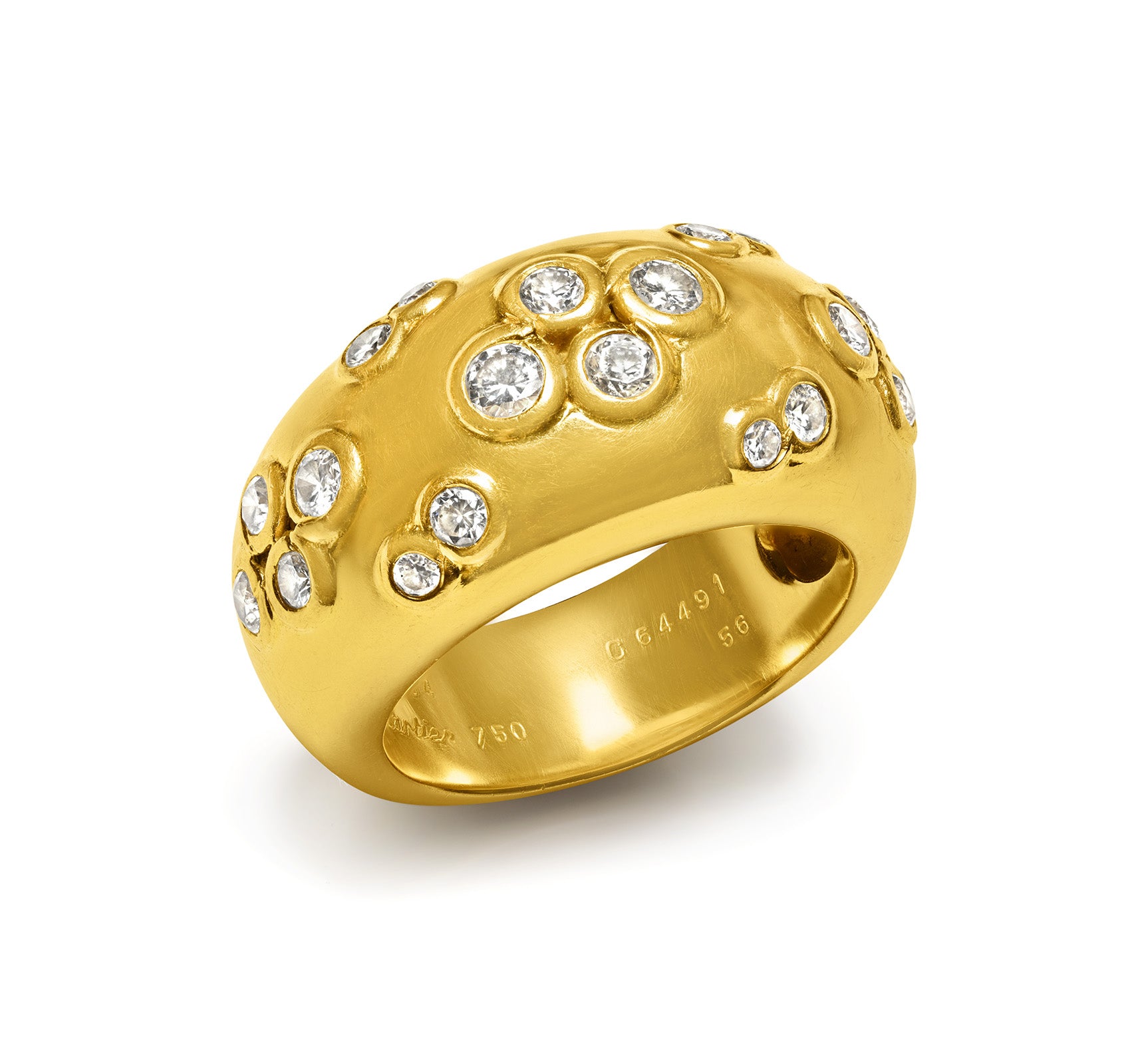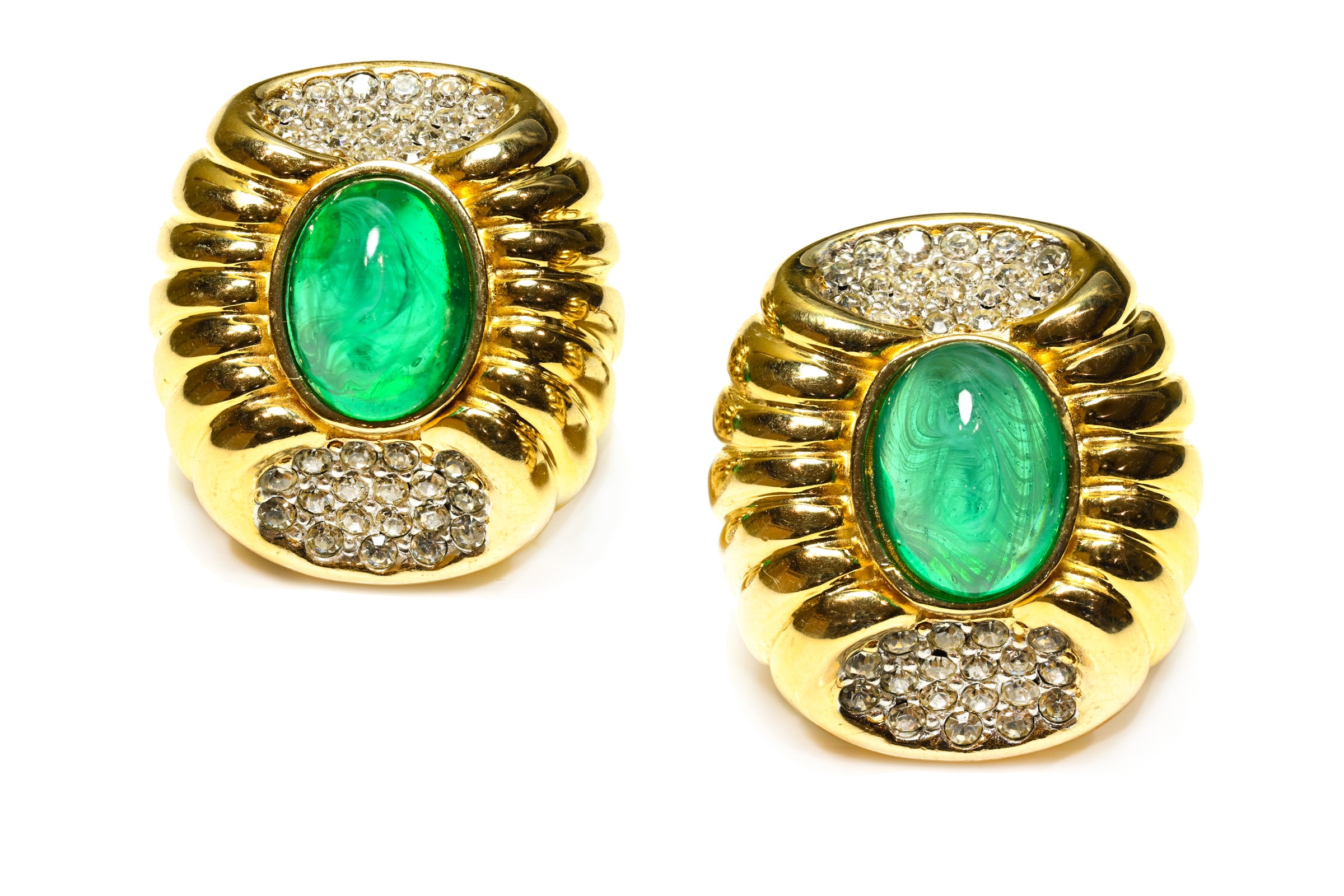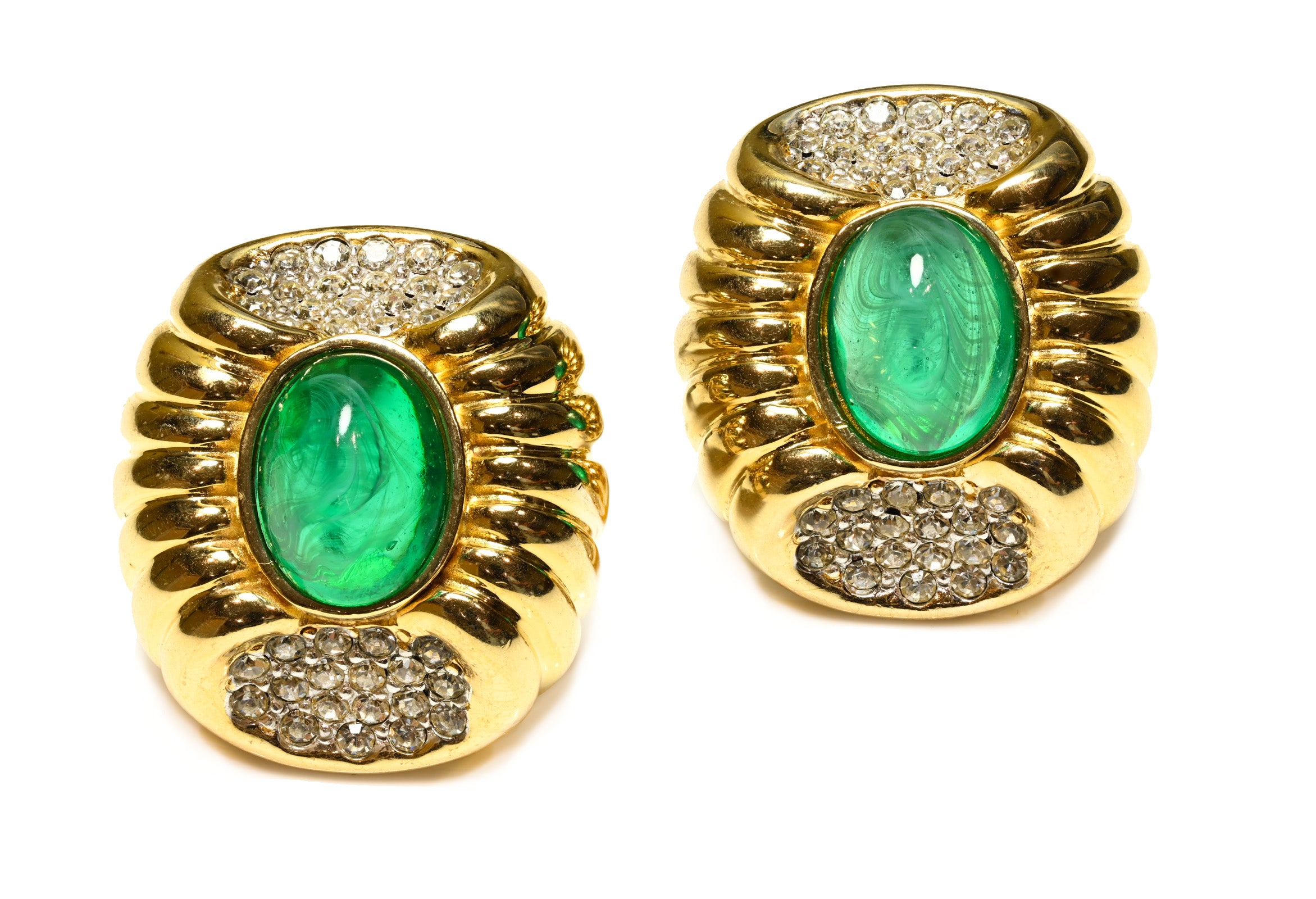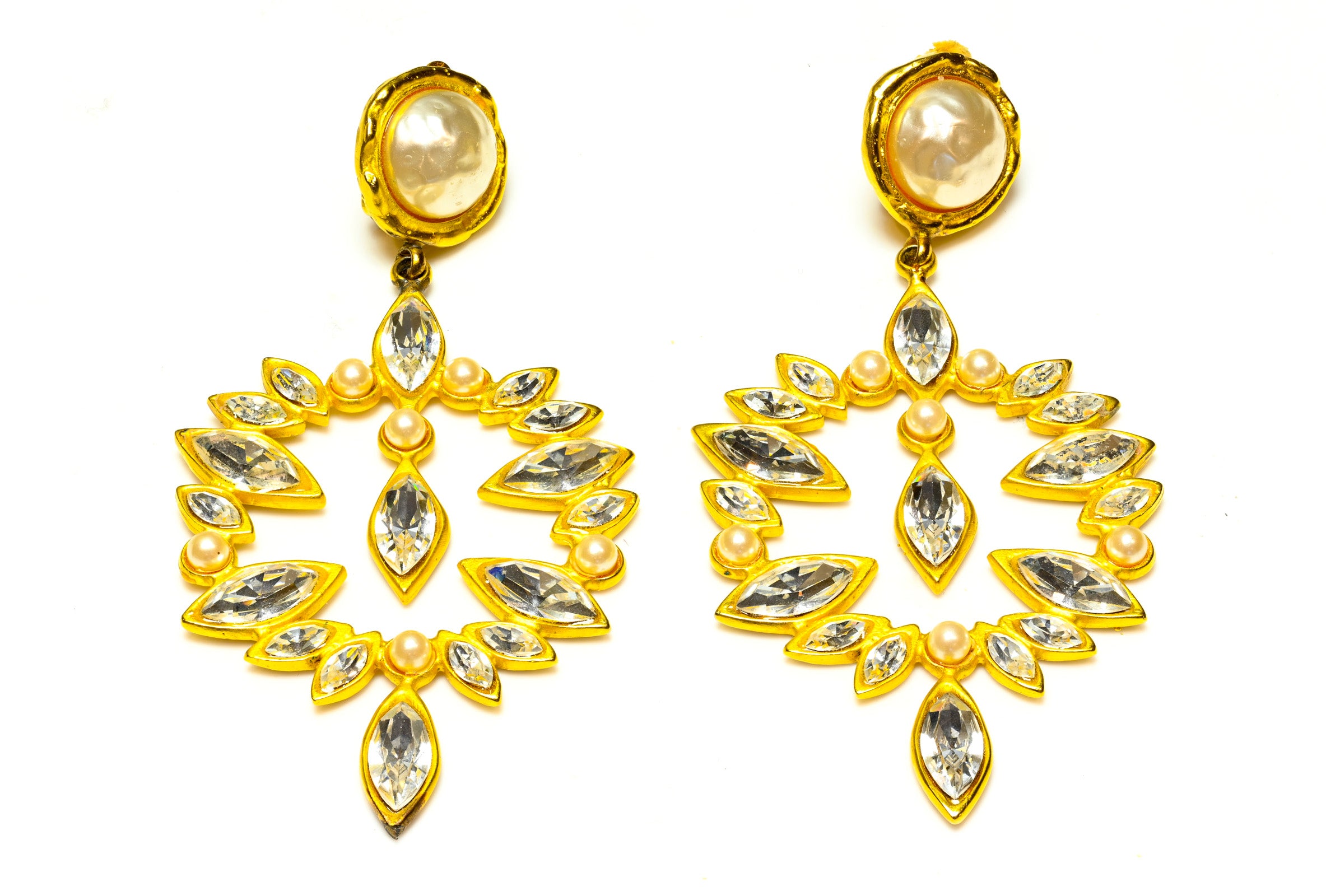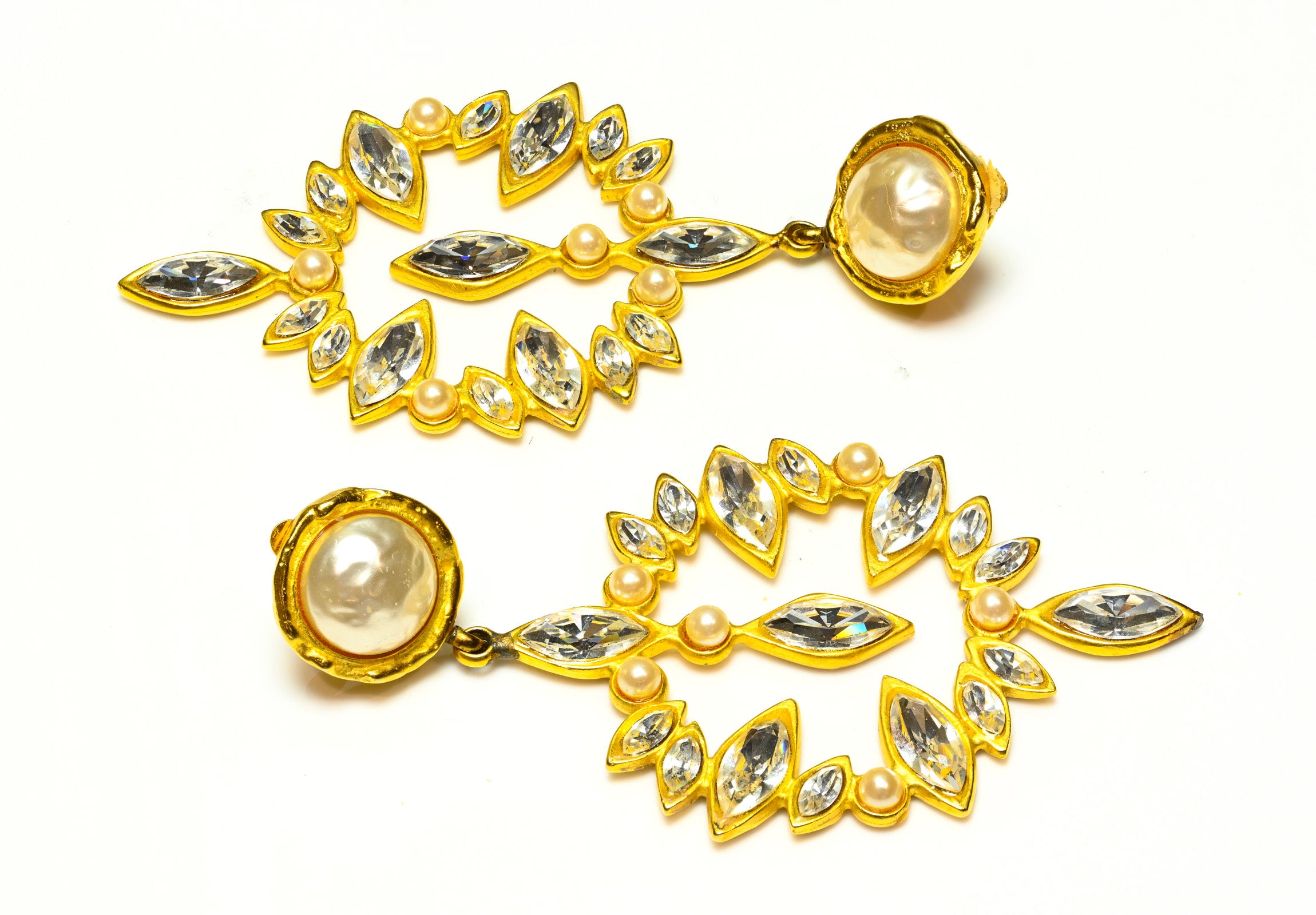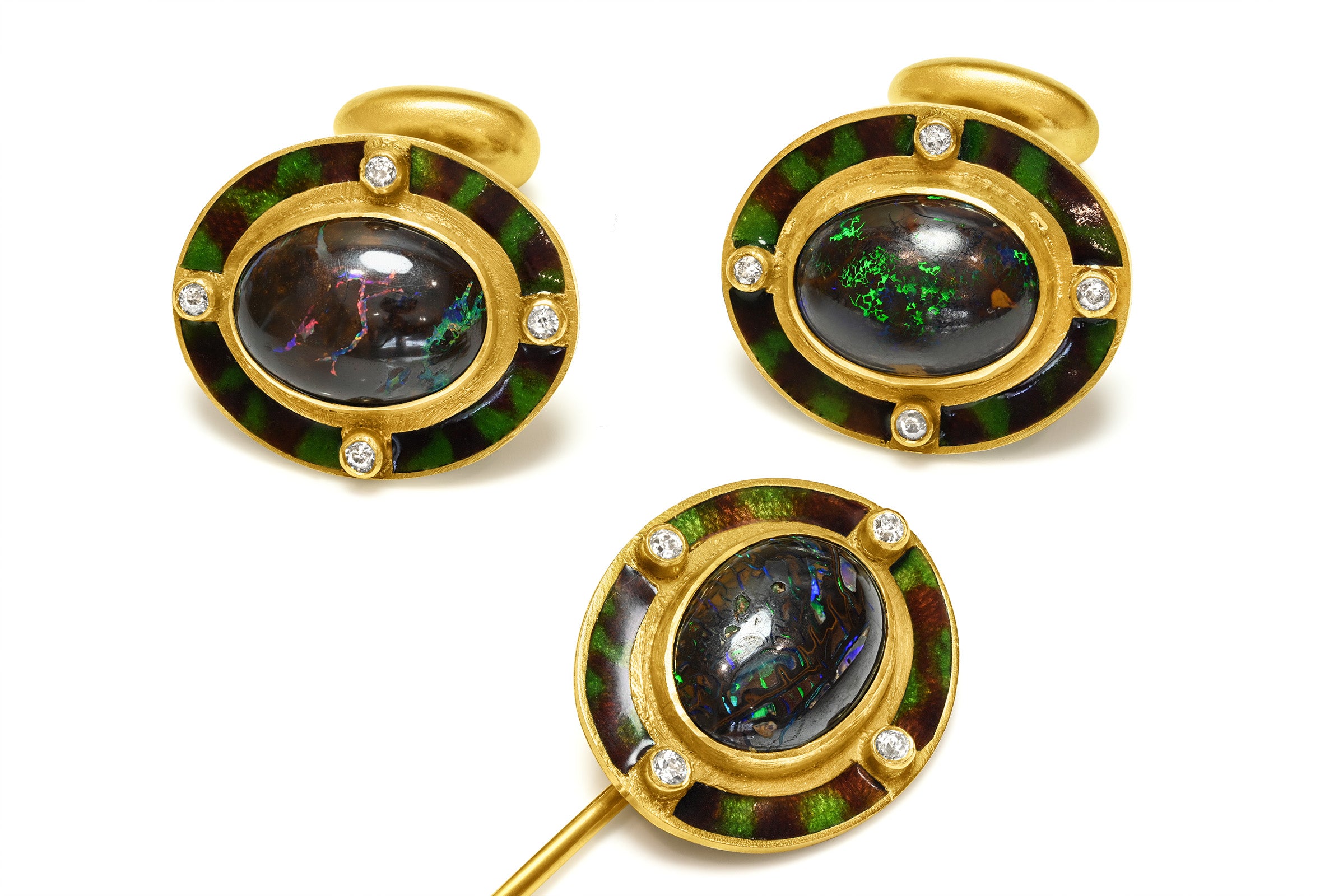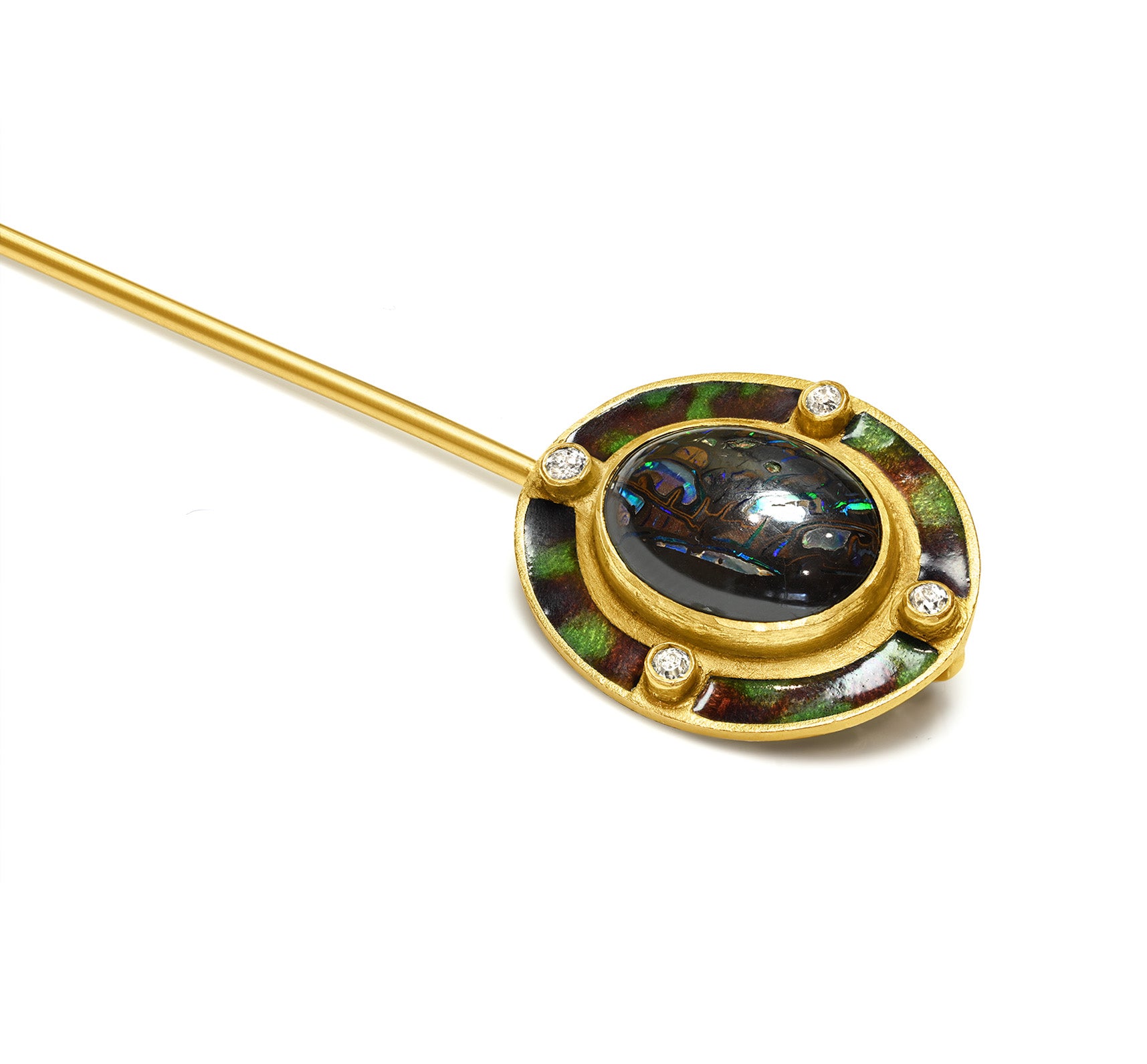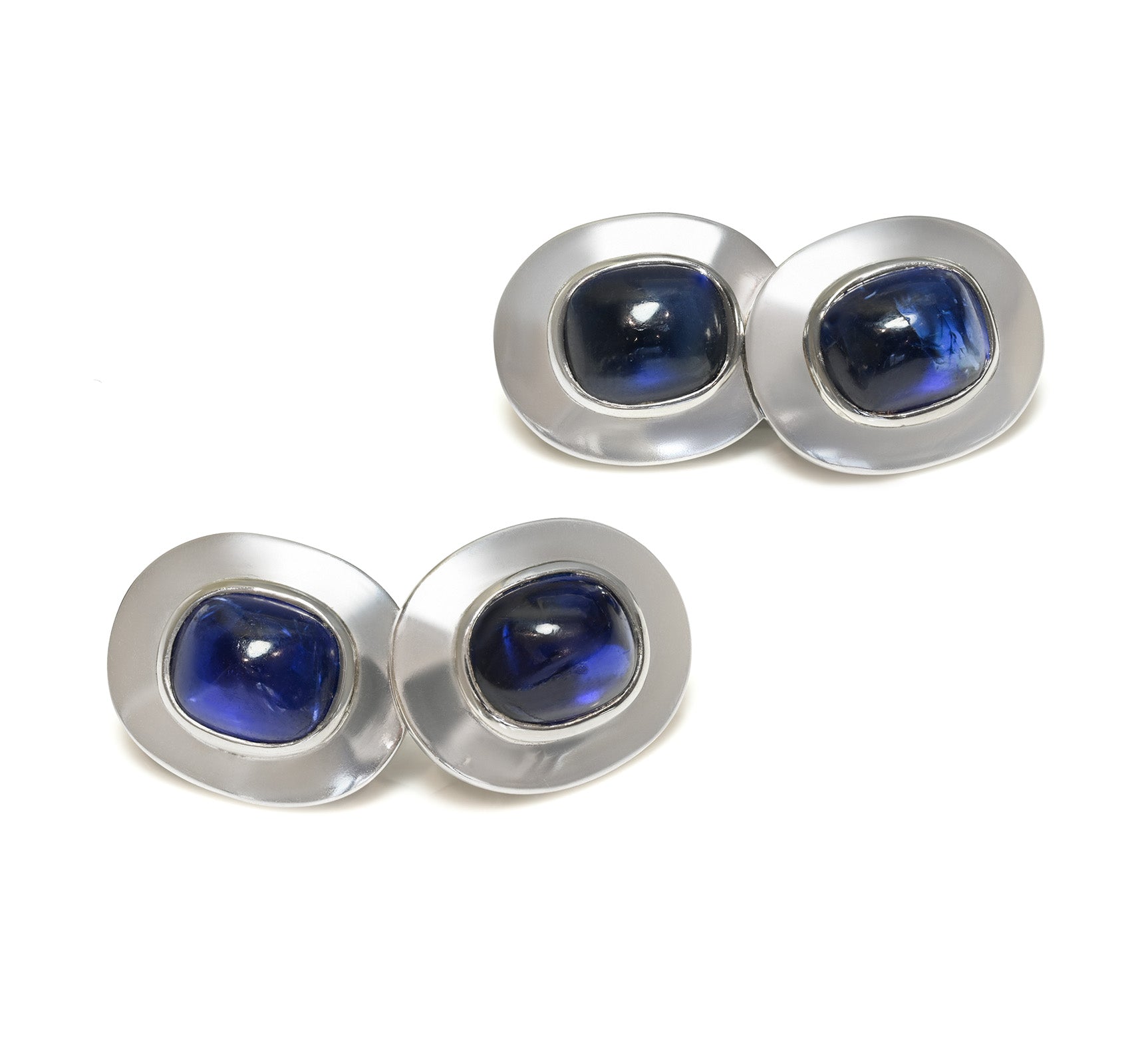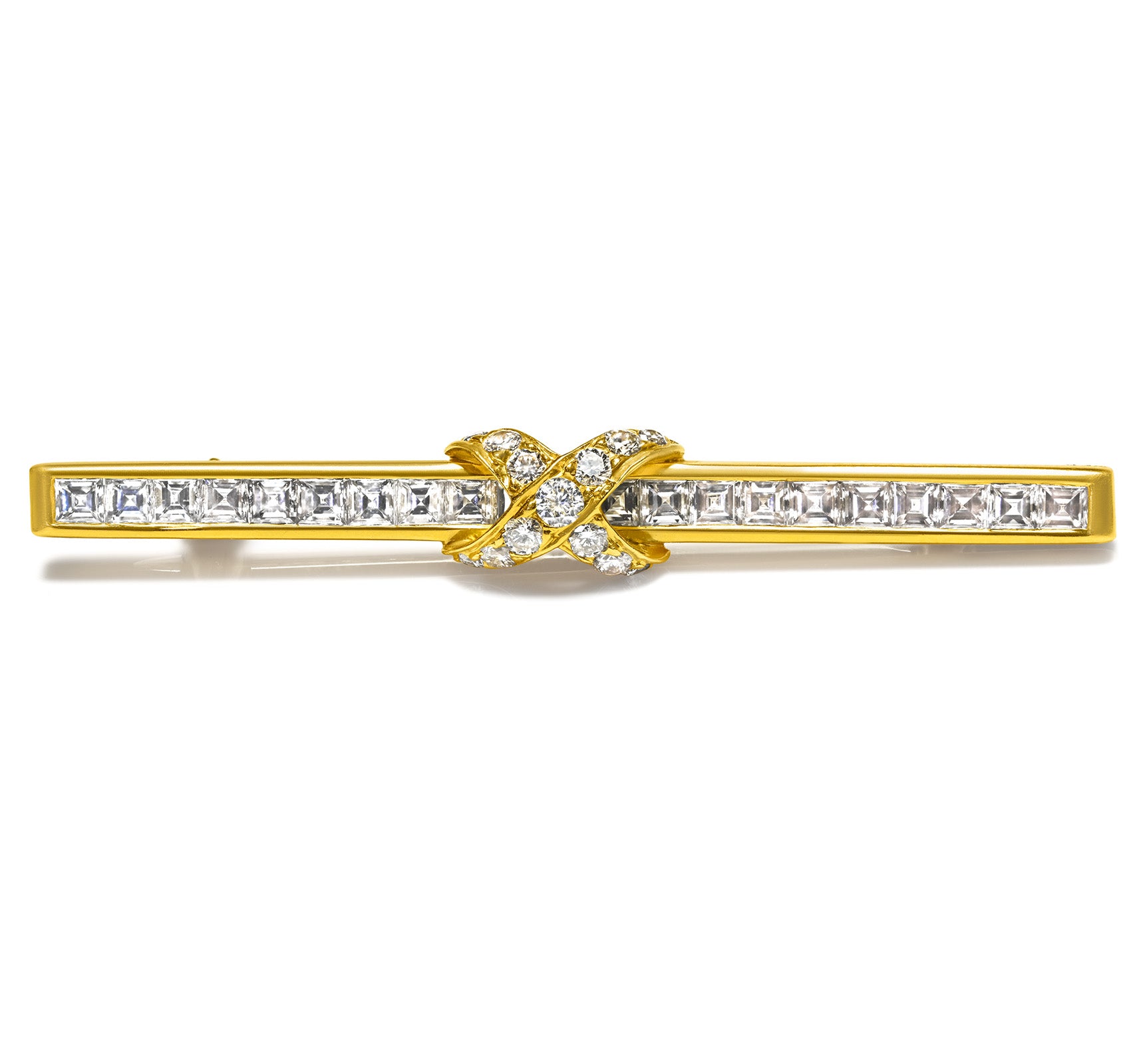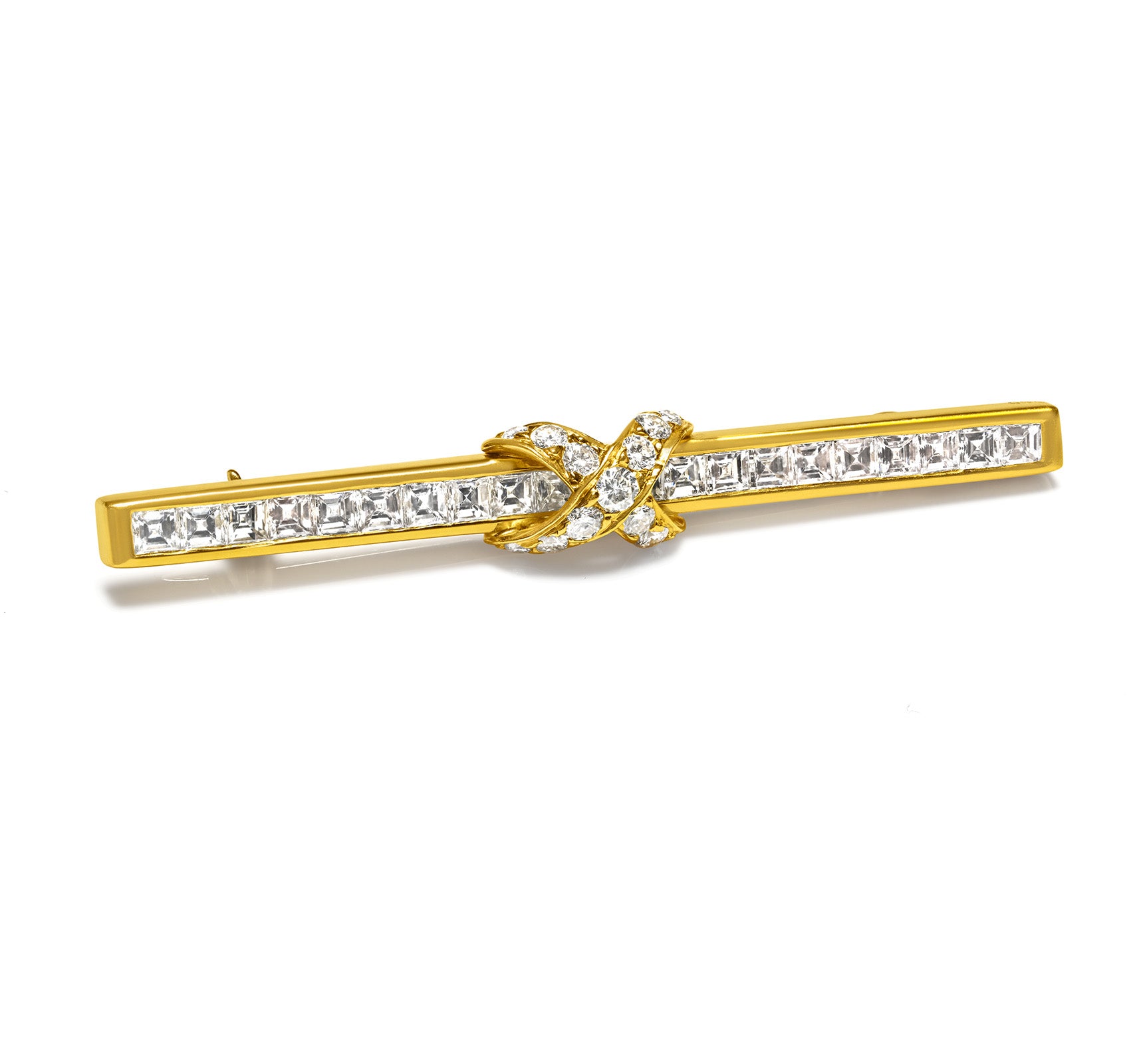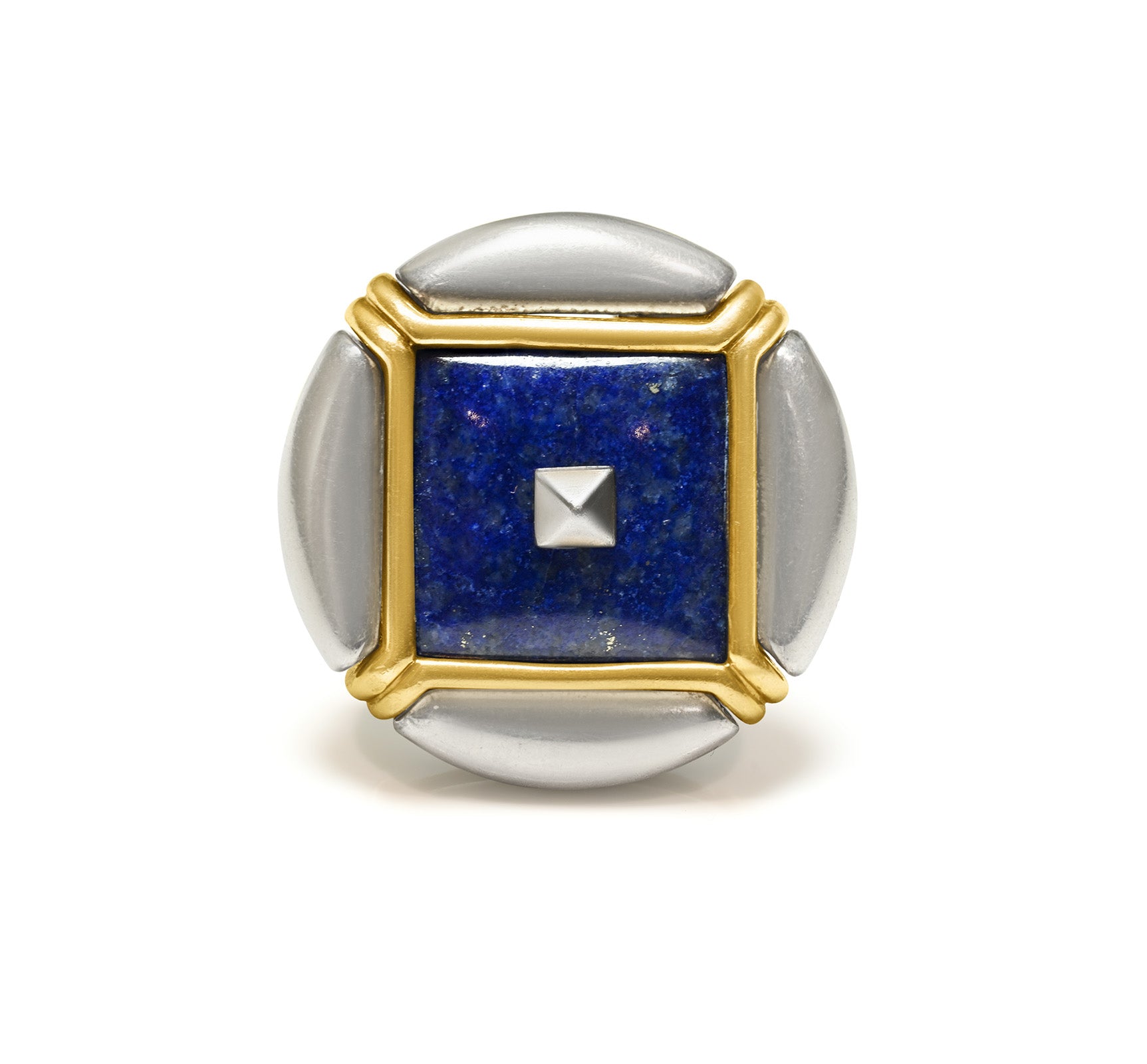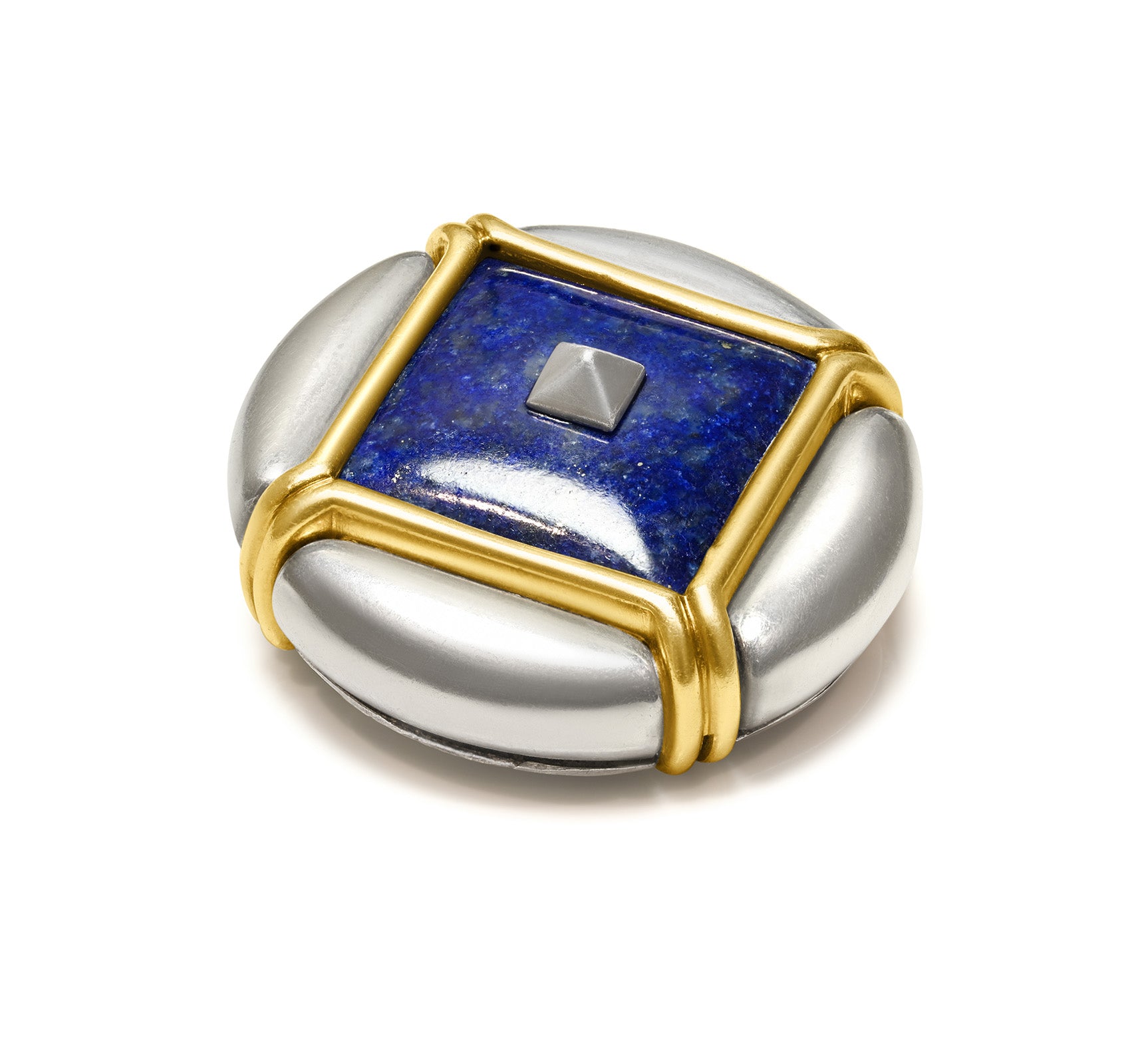The Wallis Simpson Panther Bracelet. A Trifecta In Jewelry History
The Wallis Simpson panther bracelet is possibly the most renowned bracelet ever and was part of a jewelry collection that showed a clear affinity for pieces made by Cartier.
Why is the collection so unique?
Not only were its pieces chosen and commissioned for a woman adored by a king who abdicated the British throne in 1936 to be with her, but they also represented some of the best and most cutting-edge designs of that era, not to mention dictating modern jewelry taste from the 1930s.
The marriage of Mrs. Wallis Simpson to King Edward VIII continues to rank among the most enthralling, contentious, and talked-about love affairs in history.
Wallis Simpson
The most fascinating feature of the collection is how involved Wallis Simpson and Edward were in creating each piece.
They gave ideas to Jeanne Toussaint, who began overseeing Cartier's haute-joaillerie in 1934, which she then developed with the help of the company's designers, most notably Peter Lemarchand.
The Wallis Simpson panther bracelet was the third and most impressive of a line of Big Cat jewels created by Cartier for the Duchess of Windsor.
It used single-cut diamonds and calibré-cut onyx.
This lifelike panther looks to be stalking everyone who approaches, with its diamond-encrusted ears turned back, its deadly green emerald eyes peering fearlessly into you, and baring its sharp platinum teeth.
Trifecta
The panther bracelet worn by Wallis Simpson, possibly the most renowned bracelet ever, symbolizes a trifecta in jewelry history.
First in this trifecta is Wallis Simpson, the Duchess of Windsor, one of fashion's most well-known style figures.
While Wallis Simpson was denied the chance to rule as Queen of England, together with her handsome husband, the former King Edward VIII, she instead rose to the position of Queen of Style.
She established fashion trends that are still in vogue today, more than 70 years after she first came to prominence, thanks to her passion for unrivaled apparel and strikingly designed jewelry.
Wallis Simpson was one of the best-dressed ladies in the world. According to Eragem, her gems have twice commanded auction prices that broke records.
Another element of the trifecta is Jeanne Toussaint, whose name will always be associated with panthers, Cartier, and the Duchess of Windsor, may be found in the second corner. Toussaint loved panthers.
She was known as "The Panther" by her companion Louis Cartier, and their skins were all over her Paris flat.
The legendary Maison of Cartier comes in third. La Panthère oversaw the panther's rise to prominence as one of the most famous symbols of the prestigious jewelry firm beginning in 1914.
The panther was incorporated into more and more designs by the Maison starting in 1914 with a timepiece that had onyx and diamond flecking that looked like panther skin.
The motif culminated in the three-dimensional Big Cat jewels, which were initially created for the Duchess of Windsor.
The Panther
The motif culminated in the three-dimensional Big Cat jewels, which were initially created for the Duchess of Windsor.
The Panther
Cartier was used to satisfying its customers' somewhat peculiar requests, and under Toussaint's direction, the company developed a full-fledged jewelry menagerie for Wallis Simpson.
Toussaint was renowned for her exquisite taste, sense of proportion, and delicate style of craftsmanship. She was skilled in making diamonds in the form of various animals. But the 'Great Cats' were her most recognizable creations.
Also, Toussaint acknowledged that the grace and stance of the animal served as an inspiration for many of her works.
Early artworks, from the late 1920s, showed the panther in two dimensions, but later works showed it in three dimensions.
The earliest of these was a brooch designed in 1948 that featured a yellow-gold animal with emerald eyes and black enamel patches that was squatting on a roughly 100-carat cabochon emerald.
The Duchess of Windsor, as Wallis Simpson became called after marrying Edward, cherished the brooch so much that she purchased a second one a year later.
This one included a platinum panther sitting on a 152-carat cabochon sapphire and was decorated with diamond and sapphire dots. According to Christie’s, this item is currently on display in Cartier displays.
A Family of Great Cats
After the brooch, a whole family of magnificent cats appeared, including a panther bracelet made of diamonds and spots made of black onyx in December 1952. In 1966, the corresponding clip came out.
However, the true innovation in these jewels began in 1954 with a lorgnette that was created as a tiger in yellow gold with stripes in black enamel and served as the model for a tiger bracelet that was created in 1956.
This stunning jewel was designed to resemble an animal in repose, with the entire body fully articulated and stripes made of cabochon onyx.
With colorless circular-cut diamonds that slant to a deep yellow from the forehead, shoulder, and paws, the colors mimic those of the actual animal. Emeralds in a pear shape were used to represent the eyes. The paws dangled loosely while the bracelet was on.
However, the true innovation in these jewels began in 1954 with a lorgnette that was created as a tiger in yellow gold with stripes in black enamel and served as the model for a tiger bracelet that was created in 1956.
This stunning jewel was designed to resemble an animal in repose, with the entire body fully articulated and stripes made of cabochon onyx.
With colorless circular-cut diamonds that slant to a deep yellow from the forehead, shoulder, and paws, the colors mimic those of the actual animal. Emeralds in a pear shape were used to represent the eyes. The paws dangled loosely while the bracelet was on.
To match the bracelet, a tiger clip brooch was made in 1959. Once more, the illustration depicted the animal in repose, its forepaws and tail extended, and its head and tail articulated.
Wallis Simpson, whose relationship with Edward VIII resulted in his abdication, wanted a lifelike, stalking panther to adorn her wrist, and Toussaint brought her vision to life.
One of Ms. Simpson's all-time favorites, this daring cat was made entirely of articulated platinum and covered in single-cut diamonds and calibré-cut onyx.
Wallis Simpson had three of these ground-breaking Cartier cats in total, and this group set the stage for a style that has continued to be reinterpreted over the years, up until the modern era.
The 2010 Auction
A bracelet that belonged to Wallis Simpson, the Cartier-designed onyx and diamond panther bracelet, sold at auction in 2010, at Sotheby's in the heart of London, for a world record £4.5 million ($7.3 million).
It was the highest price ever paid for a bracelet at auction and it also became the most expensive piece of Cartier to ever be sold at auction, despite the piece, created in 1952, in Paris, was 195mm long and lacked a few minor stones.
The piece was characterized as having an "articulated body designed to encircle the wrist and to assume a stalking attitude, pave-set with brilliant and single-cut diamonds and calibre-cut onyx, the eyes each set with a marquise-shaped emerald" by Sotheby's.
The bracelet was one among 20 items from the late Duke and Duchess of Windsor's collection that were auctioned off at the sale, which netted a total of £7,975,550. The jewelry was projected to bring in about £3 million.
One of the other major triumphs of that evening was a Cartier flamingo clip made of rubies, sapphires, emeralds, citrine, and diamonds, which brought in £1,721,250.
The Wallis Simpson panther bracelet continues to this day to be coveted by jewelry collectors and is regarded by many as an icon in the jewelry world.
It was the highest price ever paid for a bracelet at auction and it also became the most expensive piece of Cartier to ever be sold at auction, despite the piece, created in 1952, in Paris, was 195mm long and lacked a few minor stones.
The piece was characterized as having an "articulated body designed to encircle the wrist and to assume a stalking attitude, pave-set with brilliant and single-cut diamonds and calibre-cut onyx, the eyes each set with a marquise-shaped emerald" by Sotheby's.
The bracelet was one among 20 items from the late Duke and Duchess of Windsor's collection that were auctioned off at the sale, which netted a total of £7,975,550. The jewelry was projected to bring in about £3 million.
One of the other major triumphs of that evening was a Cartier flamingo clip made of rubies, sapphires, emeralds, citrine, and diamonds, which brought in £1,721,250.
The Wallis Simpson panther bracelet continues to this day to be coveted by jewelry collectors and is regarded by many as an icon in the jewelry world.


